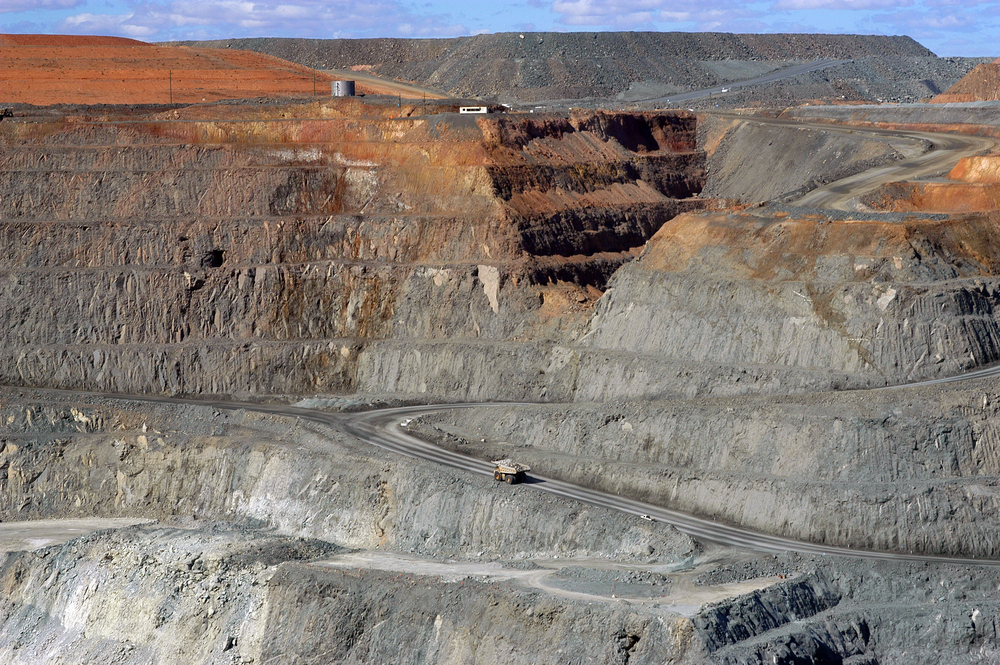The Haul Road – Is It Your Gold Mine’s Greatest Asset or Its Greatest Liability?

In gold mining operations, the haul road network is more than a transport corridor — it is a vital element of infrastructure that directly influences site productivity, equipment longevity, workforce safety, and regulatory compliance.
When engineered and maintained to a high standard, haul roads contribute to measurable operational gains through improved fuel efficiency, lower mechanical stress, and reduced unscheduled maintenance. However, when overlooked, haul roads can become hidden cost centres — diminishing fleet performance, driving up costs, and limiting overall site efficiency.
Haul Road Design Challenges in Gold Mining
Australian gold mines face unique and often extreme operating conditions that make haul road design and maintenance particularly complex. These include:
- Remote site locations: Many Australian gold operations are located in isolated areas such as the Pilbara, Kalgoorlie, and Far North Queensland, where sourcing quality materials, skilled labour, and consistent maintenance support presents logistical challenges.
- Harsh and variable climates: From intense dry spells to unpredictable rainfall, Australia’s climate places enormous stress on unsealed roads. Without proactive drainage and dust control, surfaces deteriorate rapidly, causing rutting, potholes, and structural instability.
- Heavy payload requirements: Australian haulage fleets often involve ultra-class trucks with heavy payloads. Roads not designed for this scale of equipment quickly degrade, increasing wear and tear and lowering equipment utilisation rates.
- Strict environmental regulations: Dust emissions are subject to increasingly stringent scrutiny from both regulators and local communities. Non-compliance with dust control and sediment runoff standards can result in fines, project delays, and reputational damage.
The Operational Impact of Inadequate Haul Roads
Haul road conditions directly affect the efficiency and safety of haulage operations, particularly in gold mines where even minor delays can have significant financial implications. Poorly constructed or deteriorating haul roads can lead to:
- Increased fuel consumption due to elevated rolling resistance
- Accelerated tyre and suspension wear, increasing downtime and parts replacement
- Mechanical strain that shortens the service life of high-value equipment
- Safety incidents and non-compliance resulting from inadequate stopping distances, poor visibility, and loose surfaces
- Higher dust emissions, which compromise operator health and breach environmental limits
- Reduced haul cycle efficiency, lowering daily production rates and output targets
Over time, these factors combine to erode profitability and make haul road investment a critical element of operational planning.
Foundations of a High-Performance Haul Roads
A high-functioning haul road must be designed with the entire mine lifecycle in mind — not just as a short-term access solution. Roads should be built from the loading face to the dump point to allow safe, efficient, and consistent movement of vehicles under all weather and loading conditions.
Characteristics of a quality haul road include:
- Consistent and compacted surface to minimise vibrations and shock loading
- Robust drainage infrastructure to withstand extreme rainfall events and prevent erosion
- Appropriate width and curvature for the size and speed of the haul fleet
- Safe stopping distances and clear sightlines to protect operators and equipment
- Stable crossfall and camber to allow water runoff without compromising traction
- Managed gradients to limit fuel consumption and reduce engine load
Key Design & Maintenance Principles for Gold Mine Haul Roads
Grade Control
Keep road grades below 10% where possible to reduce energy use and control braking demand on downhill runs.
Optimal Width & Alignment
- One-way roads: Minimum of 2× truck width (2.5× on curves)
- Two-way roads: Minimum of 3.5× truck width (4× on curves)
- Design with wide-radius switchbacks and smooth curves to support heavy vehicle manoeuvrability
Road Composition
Use a layered structure with appropriate materials for the subgrade, base, and wearing course. Material selection should consider local availability, expected traffic volume, and vehicle payload (e.g., 320-tonne class haul trucks).
Rolling Resistance Management
Smooth, well-compacted roads with minimal surface irregularities reduce rolling resistance, improving fuel economy and vehicle performance.
Drainage and Crossfall
A minimum 2% crossfall is recommended to prevent pooling. Incorporate culverts, windrows, and stormwater diversion features to safeguard road foundations.
Safety Features
Install clear signage, berms, escape ramps, and light-vehicle bypasses to protect mixed-traffic zones and reduce collision risks.
Preventing Haul Road Deterioration: Best Practice Guidelines
Preventative maintenance is significantly more cost-effective than reactive repairs. The following practices help extend haul road service life and ensure compliance:
- Avoid overloading to prevent premature surface breakdown and spillage
- Stabilise and seal long-term roads to reduce grading frequency and improve all-weather accessibility
- Plan for local rainfall conditions, including adequate drainage sizing and erosion protection
- Use high-quality fill material for pothole repair and surface levelling
- Control dust emissions using proven binder products like with support from water trucks and sprinklers as needed
- Maintain road shape using graders and purpose-built maintenance equipment
- Implement regular inspections and maintenance schedules based on traffic volume and weather exposure
Partnering with Dust-A-Side Australia
Dust-A-Side Australia provides a comprehensive suite of haul road management and dust control solutions engineered specifically for the conditions faced in Australian gold mining operations.
From remote inland sites to high-rainfall coastal regions, Dust-A-Side works closely with mine operators to assess, design, implement, and maintain haul road strategies that reduce operational costs and improve productivity — all while supporting regulatory compliance and environmental targets.
With extensive experience in both surface and underground gold mining environments, Dust-A-Side Australia delivers tailored, scalable solutions that extend haul road life, protect equipment investment, and help mines meet environmental and safety obligations.
Contact us on 1800 662 387. Or click here to request a consultation.




